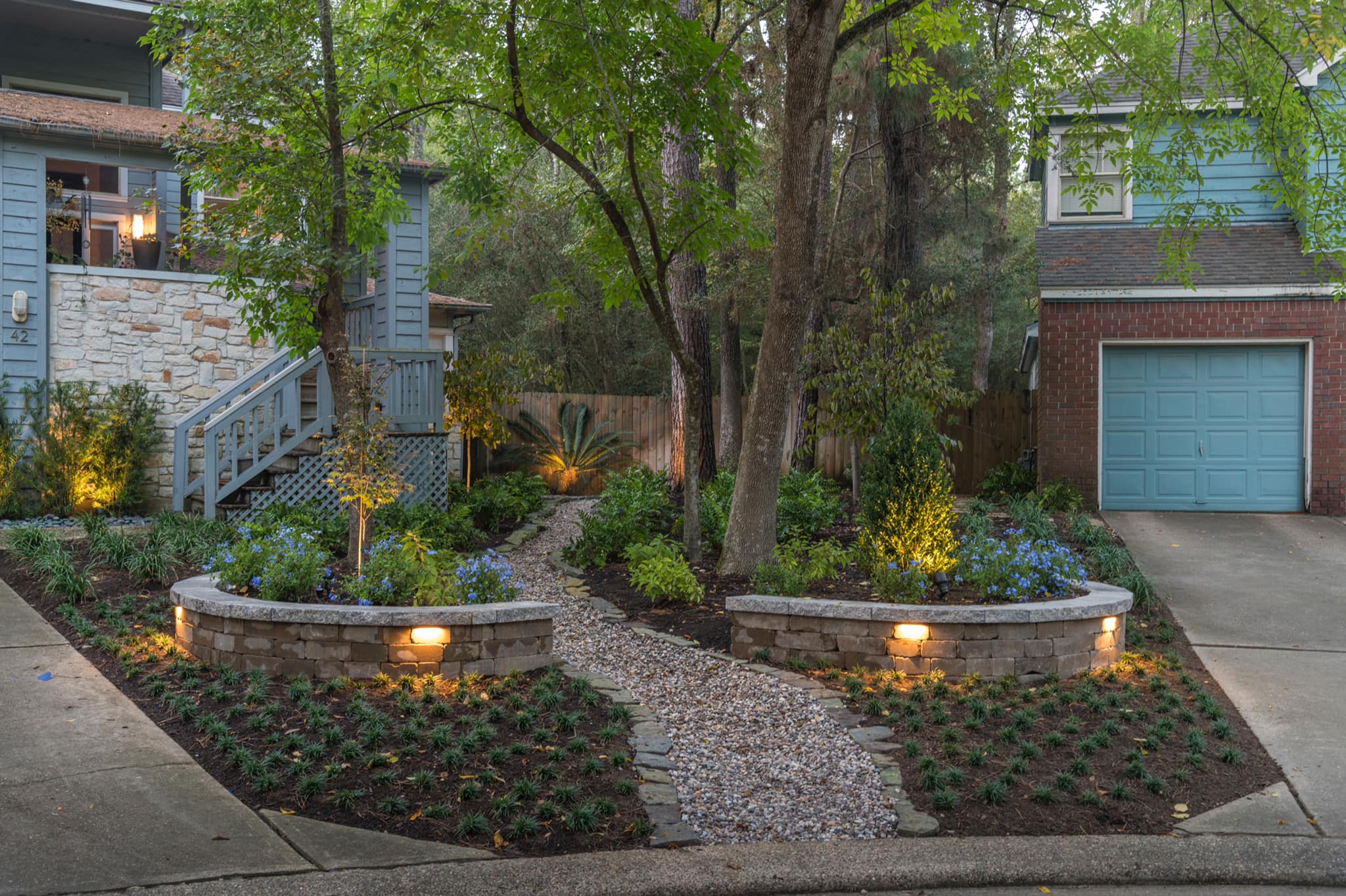
From Blueprint to Bloom: Essential Tips for a Thriving Landscape Architecture Nov 16, 2025
Firstly, start your landscape design process with a comprehensive plan. A detailed blueprint not only helps visualize the end-result but also coordinates all elements of your outdoor space effectively. Focus on the layout and placement of hardscaping features such as walkways, patios, and water features. Consider the flow of movement within the space. This attention to detail in the initial stage can prevent costly mistakes and ensure a well-balanced design that complements your lifestyle.
Key to successful landscape architecture is understanding your environment. Analyzing your local climate and soil conditions is crucial when selecting plant species to cultivate. Native plants often provide the best match, as they are adapted to thrive in the local ecosystem, needing less maintenance and water. This sustainable approach not only helps in conserving resources but also enhances the ecological health of your garden. Moreover, native plants often attract local wildlife, contributing to a diverse and lively habitat.
Next, blend hardscaping and softscaping elements seamlessly. Strive for harmony between the structural features of your landscape and its natural elements. For instance, use stone materials that echo the hues and textures of surrounding plant life. This integration will create an aesthetically pleasing environment that feels unified and intentionally designed. Additionally, consider how your hardscaping features can serve dual purposes, such as a retaining wall that also acts as a seating area, maximizing functionality while maintaining beauty.
Effective water management is another critical component of thriving landscape architecture. Implement a high-quality irrigation system that ensures your plants receive adequate moisture without over-watering, as this can hinder plant growth and lead to water waste. Consider the installation of rain gardens or permeable paving to promote natural water absorption and reduce runoff. These methods support sustainable landscaping practices and are essential for long-term garden health.
Seasonal planning is important to maintain year-round appeal in your landscape. Select a mix of trees, shrubs, and perennials that provide interest through different seasons. Evergreen species can offer structure and color in winter, while flowering plants bring vibrancy in warmer months. This thoughtful planning ensures that your landscape remains beautiful and engaging throughout the year, keeping it consistently delightful for you and your visitors.
Lastly, invest in professional expertise. Engaging with landscape designers, like the talented team at Atlas Land Design, can elevate your project with innovative ideas and technical knowledge. Professionals can guide you through complex decisions, ensuring that your landscape not only flourishes but also increases property value.
In conclusion, crafting a landscape that extends from a thoughtful blueprint to a lush and blooming space requires intentional planning, a keen understanding of environmental factors, and expert craftsmanship. By integrating these essential tips, your landscape will not only succeed in beauty and sustainability but also become a cherished haven that reflects your personal style and offers a sanctuary to unwind and enjoy nature’s offerings. Let Atlas Land Design assist you in every step of this rewarding journey, and watch as your outdoor dreams come to full bloom.